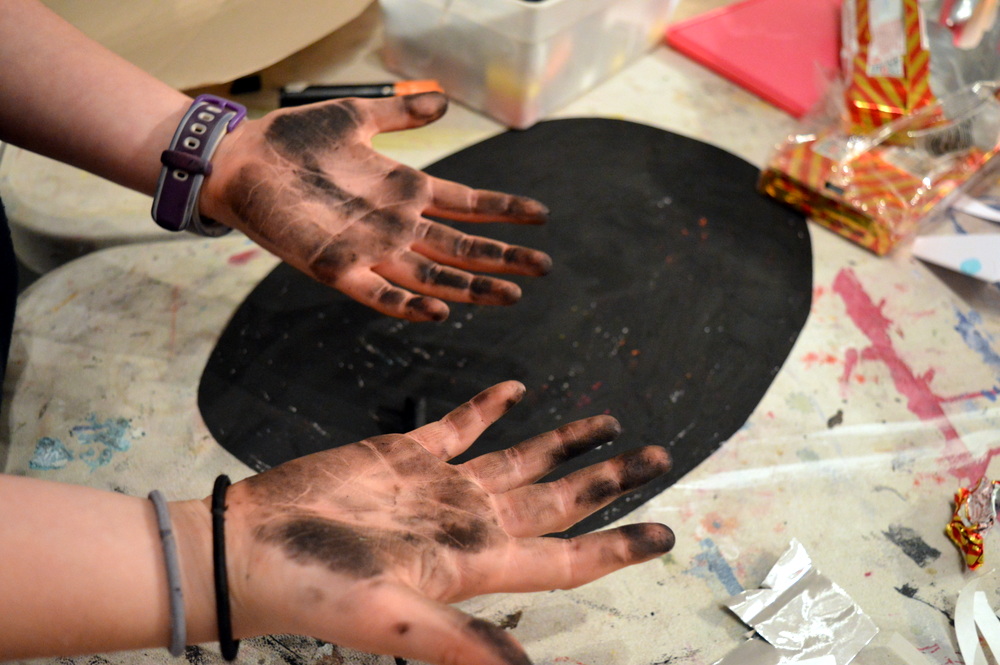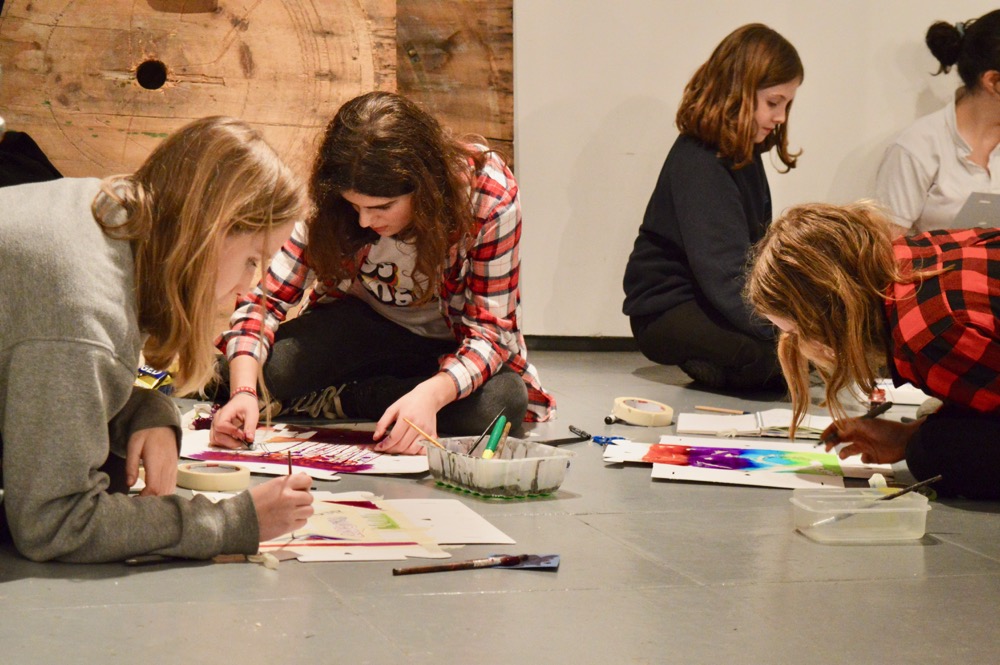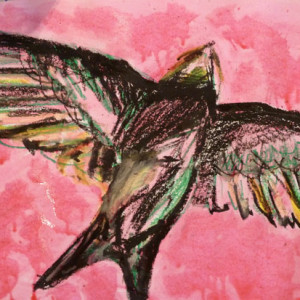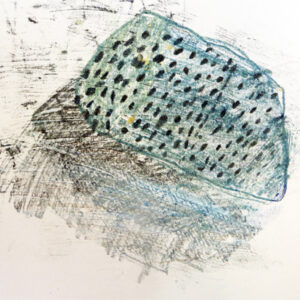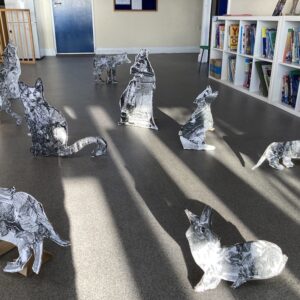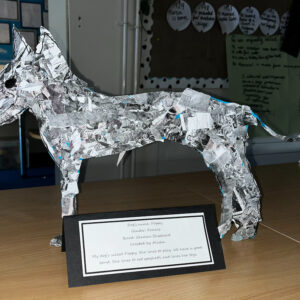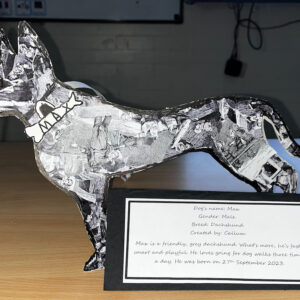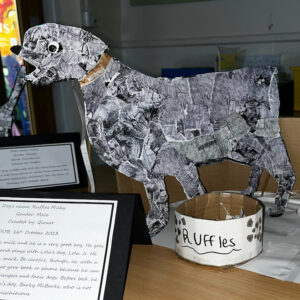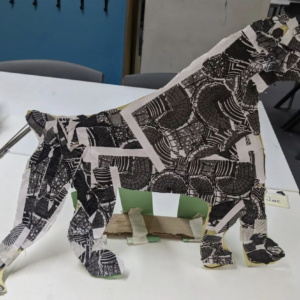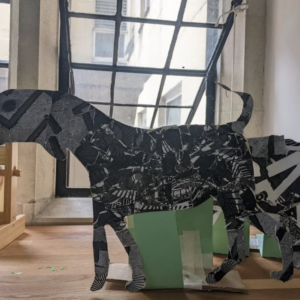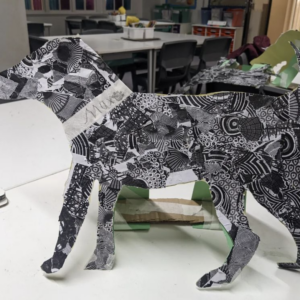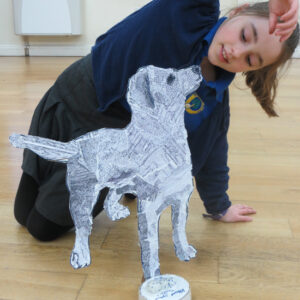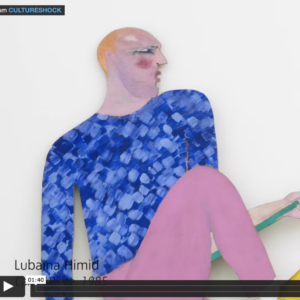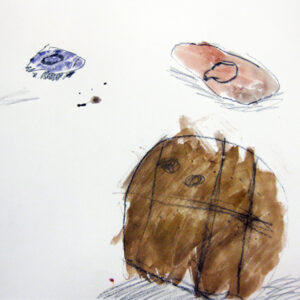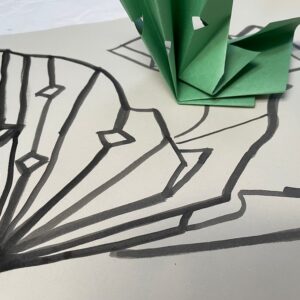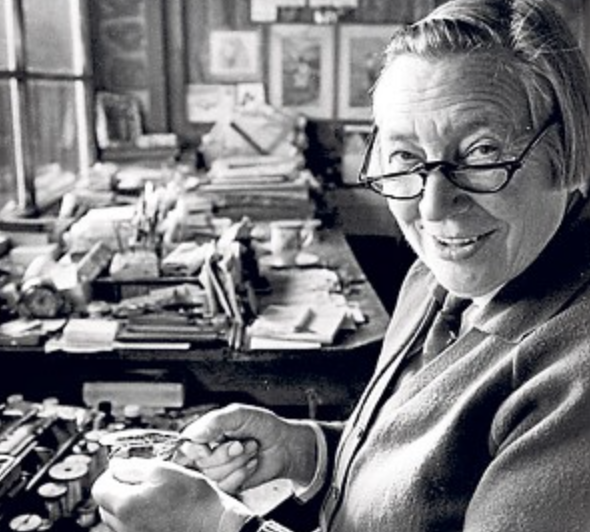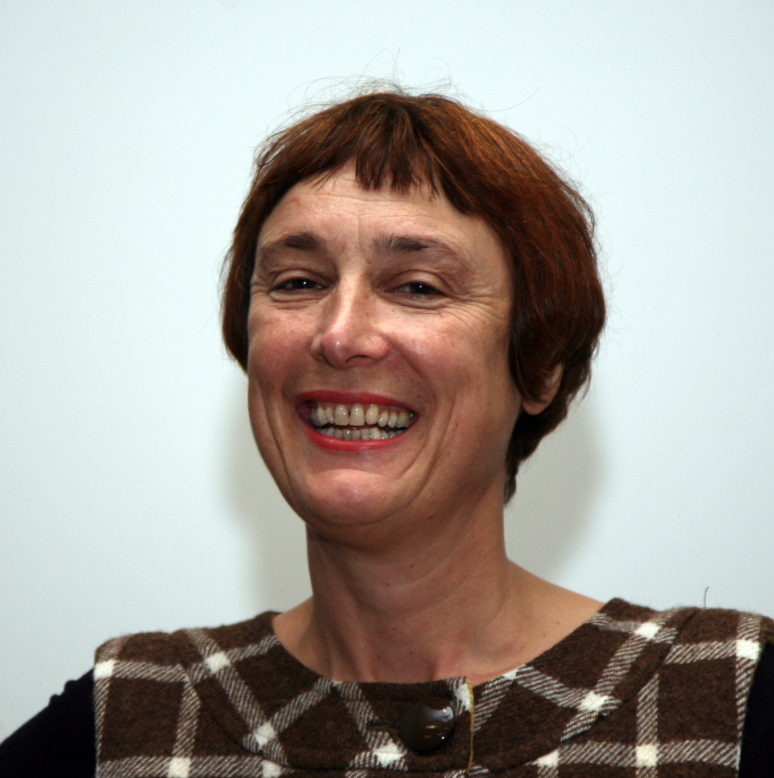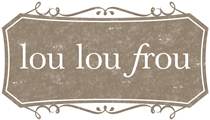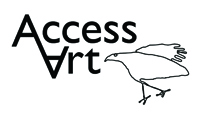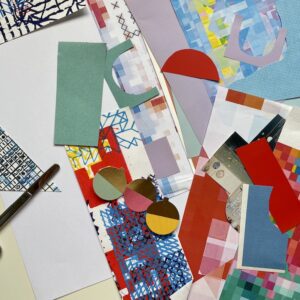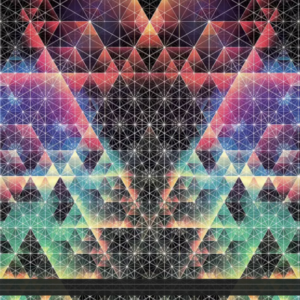By Andrea Butler
This second workshop developed the skills and knowledge that the students had gained in a previous session: Exploring Materials: Merino Wool and Water and Making Felt.
Creating small tactile sculptures with felt is a much more experimental process as outcomes can’t be firmly predicted and the maker needs to be sensitive to the way each form is developing as the materials interact with each other.
The students took on this challenge with energy and enthusiasm and it was inspiring to watch them take creative risks with their work, transforming materials into strange and beautiful sculptures.
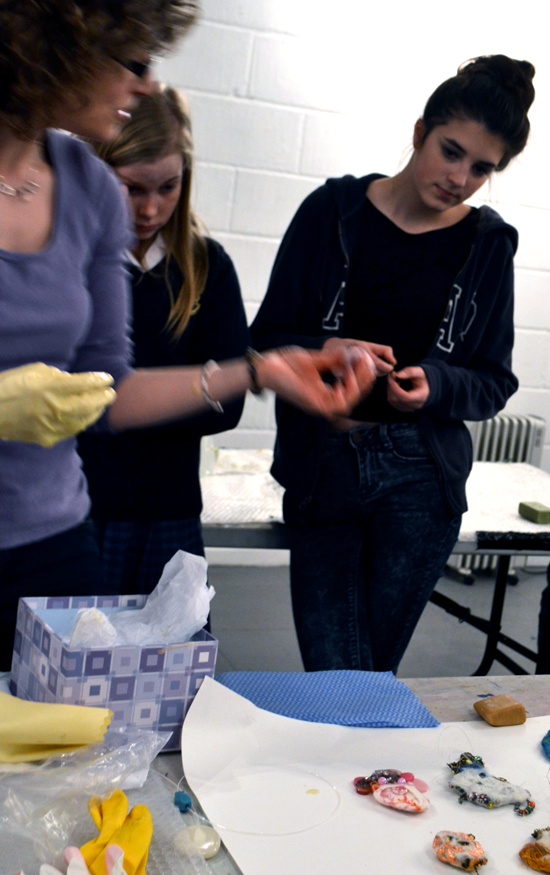
To access all content, I would like to join as…
AccessArt is a UK Charity and we believe everyone has the right to be creative. AccessArt provides inspiration to help us all reach our creative potential.
